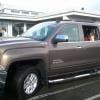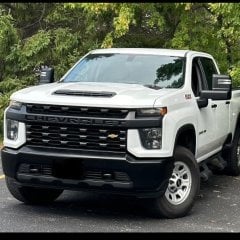problems with a np149 transfer case can i swap for another transfer ca
-
Recently Browsing 0 members
- No registered users viewing this page.
-
Forum Statistics
247.7k
Total Topics2.6m
Total Posts -
Member Statistics
-
Who's Online 26 Members, 0 Anonymous, 2,238 Guests (See full list)

















Recommended Posts
Archived
This topic is now archived and is closed to further replies.